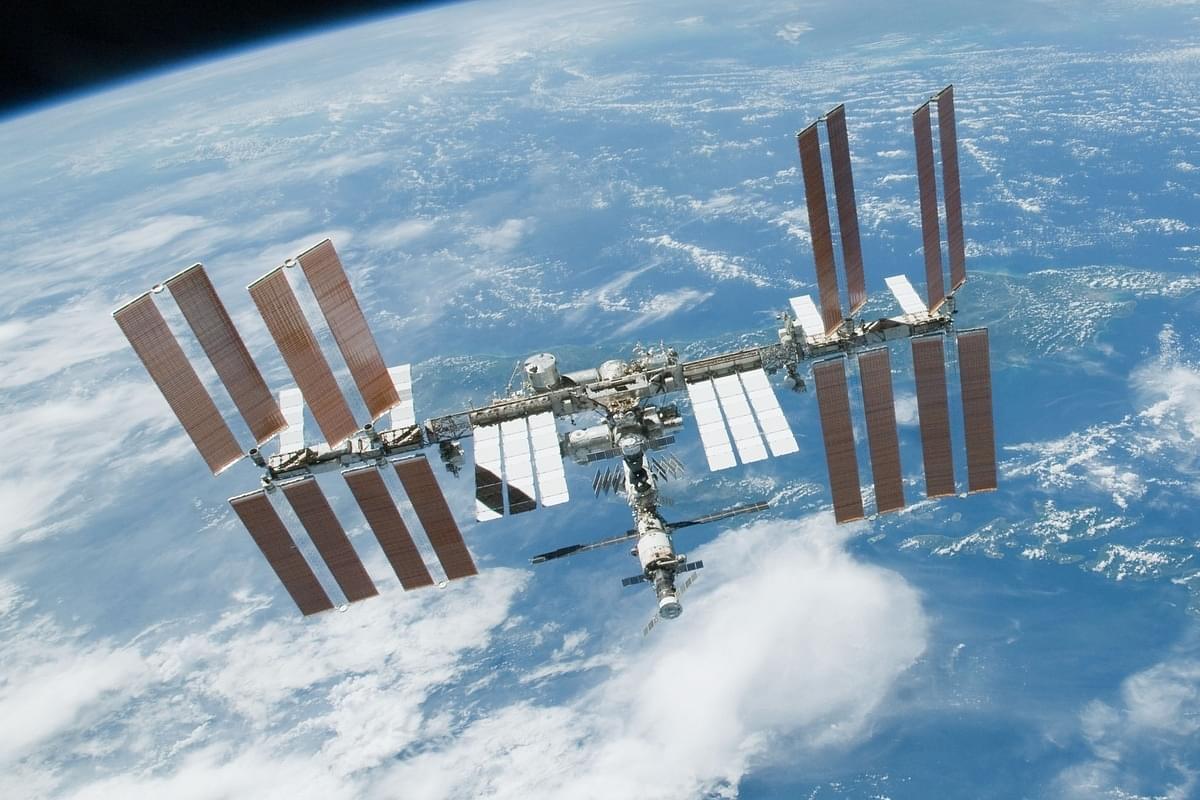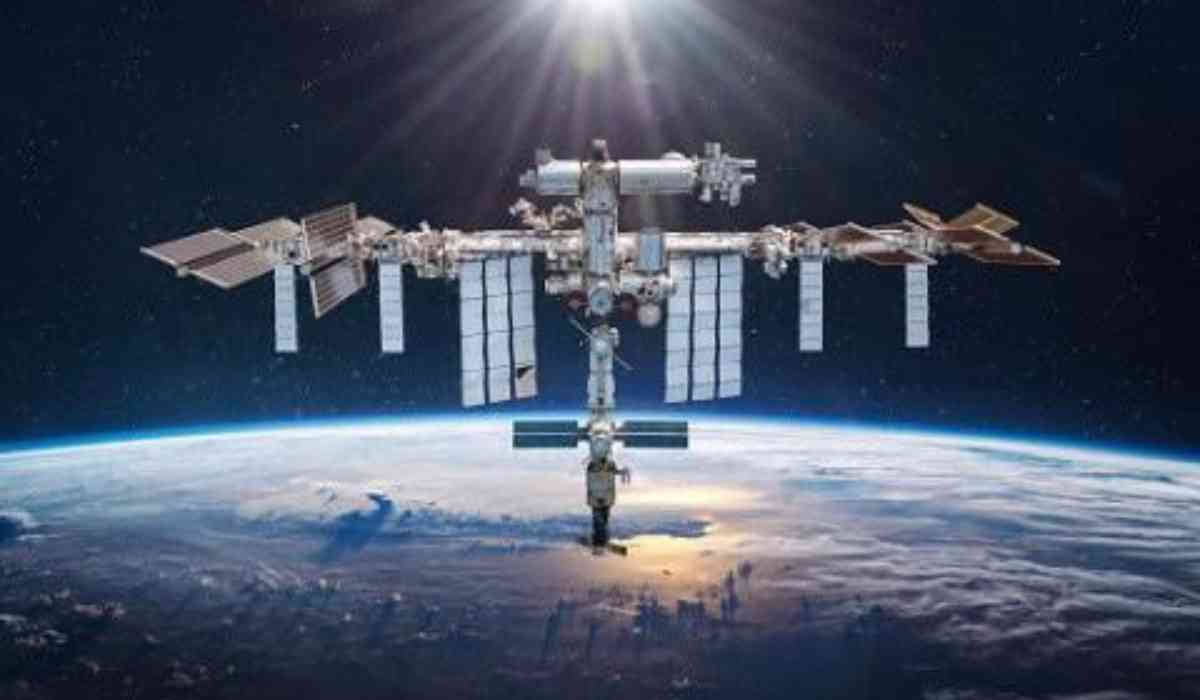The International Space Station (ISS), a 25 year old hub for humanity in low-Earth orbit, is retiring. NASA, along with the Canadian Space Agency and the European Space Agency, commits to operate it until 2030, while Russia plans to support it only until 2028.
NASA aims to safely deorbit the 109-meter-wide space station over the South Pacific Ocean, investing up to $1 billion in developing a spacecraft for this purpose, known as the "US Deorbit Vehicle" (USDV), a reliable spacecraft with the ability to recover from redundancy issues and anomalies during the crucial deorbit burn, an idea sought from the US aerospace industry.

Photo: NASA
NASA is seeking funding of $180 million for fiscal year 2024 to initiate the development of USDV. This funding aligns with the goal of ensuring continued US leadership in space, especially as the transition of operations in low Earth orbit to commercial-owned platforms is planned.
With multiple nations involved, the primary collaboration is between the United States and Russia, making this an intricate process of ISS’s end that is scheduled in 2030. It intertwines both aerospace engineering and international diplomacy with careful balancing of both.
At first, NASA explored the idea of using multiple Russian Progress spacecraft for the deorbiting process. However, this plan faced challenges as there were doubts on Russia’s capability that complicated collaboration on the ISS due to recent strained relations between the US and Russia, amplified by the invasion of Ukraine.
NASA Administrator Bill Nelson emphasises the importance of supporting research, technology development, and international collaboration in space. While technically a joint responsibility, NASA went on to take a leading position in creating an American deorbiting vehicle. However this technology is anticipated to take years in its development.
(Inputs from other Agencies)
©️ Copyright 2023. All Rights Reserved Powered by Vygr Media.























